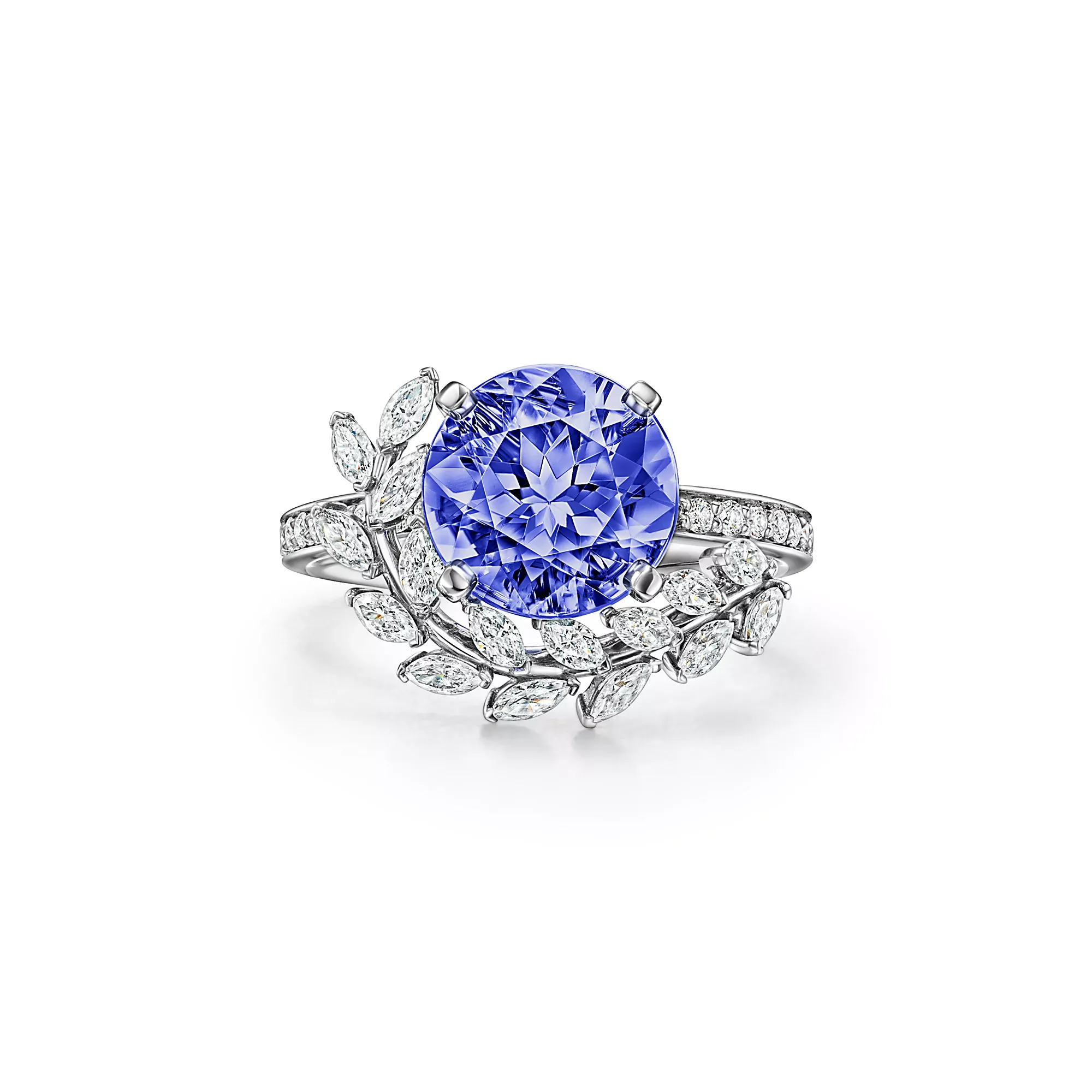One of the World's Rarest Gemstones
Tanzanite, a gemstone renowned for its mesmerising blue-violet hues, has captured the imagination of gem enthusiasts and collectors around the world. Discovered relatively recently compared to other gemstones, tanzanite stands out not only for its striking beauty but also for its remarkable rarity.

Tanzanite's story began in the late 1960s, just half a century ago. It was in the foothills of Mount Kilimanjaro, in the Merelani Hills of northern Tanzania, that this gemstone was first discovered by a local Maasai tribesman named Jumanne Mhero Ngoma. Ngoma stumbled upon blue crystals while in the area, which were later brought to the attention of geologists by a prospector named Manuel de Souza. Initially mistaken for sapphire, subsequent analysis revealed the crystals to be a new variety of the mineral zoisite. The gem was named "tanzanite" by Tiffany & Co., in honour of its country of origin.
Tanzanite is one of the rarest gemstones in the world, primarily due to its sole known source in the Merelani Hills of northern Tanzania. Mining has been ongoing for only a few decades, and the deposit is limited, making high-quality tanzanite increasingly rare. Mining operations also face challenges such as geological conditions, fluctuating demand, and political stability in the region.
The gemstone’s value is influenced by several factors, including colour, clarity, cut, and carat weight. The most sought-after tanzanites exhibit a deep, vivid blue-violet hue with minimal inclusions. While its market value is generally lower than that of diamonds, sapphires, or emeralds, the scarcity and unique beauty of high-quality tanzanite have made it a highly valued gemstone in its own right.
Though relatively young in terms of gemstone history, tanzanite has quickly made an impact. Its discovery occurred during a time when global trade and gem appreciation were on the rise, which helped propel tanzanite into the spotlight. In 2002, the American Gem Trade Association (AGTA) added tanzanite to the official list of birthstones, assigning it to the month of December, alongside turquoise and zircon.
In Tanzania, tanzanite holds cultural significance and is considered a national treasure. It has become a symbol of the country’s natural wealth and is often associated with local pride.

Tanzanite is a variety of the mineral zoisite, which can form in various colours, including green, pink, yellow, and blue. However, the striking blue-violet tanzanite is the most coveted. Its unique colour is the result of trace amounts of vanadium within the mineral. Tanzanite’s colour can vary from a pale blue to a deep, intense violet, with some stones exhibiting a fascinating range of hues depending on the angle from which they are viewed.
One of the most remarkable aspects of tanzanite is its pleochroism. This optical phenomenon means that tanzanite can exhibit different colours when viewed from different angles. Depending on the cut, the stone can show varying shades of blue, violet, and burgundy, adding to its allure.
Tanzanite is relatively soft compared to other gemstones, with a Mohs hardness of 6.5 to 7. This means it is susceptible to scratching and should be handled with care. To maintain its beauty, tanzanite should be cleaned gently with mild soap and water, avoiding harsh chemicals or ultrasonic cleaners. Proper care will help preserve its striking blue-violet hues and overall appearance over time.
Tanzanite is a gemstone that captivates with its rare and enchanting colours, limited supply, and the fascinating story of its discovery. As one of the newest additions to the world of precious gems, it has quickly established itself as a prized jewel in the eyes of collectors and connoisseurs alike. Its unique beauty and scarcity ensure that tanzanite will remain a symbol of elegance and rarity for generations to come.





